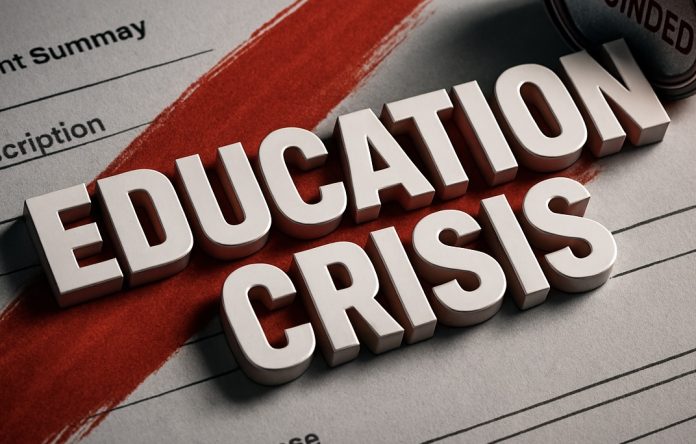Los Angeles, CA – Cosmetology programs, long dependent on federal student aid, are among the career schools most vulnerable to sweeping federal loan and grant changes taking effect in 2026. High tuition costs, variable earnings, and historically low completion rates place many beauty schools at risk of losing Title IV eligibility under strengthened accountability rules.
According to federal guidelines, cosmetology courses that are unaccredited, non-credit, or fall below the required 150 clock-hour minimum cannot receive federal aid. Programs between 150 and 600 hours must now meet stringent Workforce Pell benchmarks, including at least a 70% completion rate, 70% job placement rate, and program costs that do not exceed graduates’ value-added earnings from prior cohorts.
Beginning July 1, 2026, cosmetology programs may also lose access to federal Direct Loans if their graduates are not earning more than typical adults with only a high school diploma. Under the new “low earnings outcomes” rule, the Department of Education compares a program’s graduate income—measured four years after completion—to the median earnings of local workers with no college education. If a program’s graduates earn the same or less for two out of three years, the school automatically loses federal loan eligibility. Because cosmetology wages are often low and tipping isn’t always captured in official data, many programs in lower-wage regions and for-profit beauty schools face heightened risk.
Experts warn the changes could force school closures, reduce enrollment, and push students toward private loans—reshaping the beauty education landscape nationwide.





